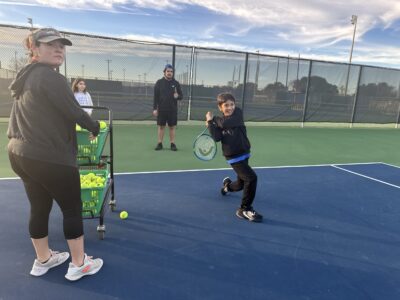December is here, so it’s time for National Hand-washing Awareness Week, Dec. 4–10. During this observance, we like to reflect on why humans are so determined to wash our hands at every available interval and the series of discoveries that initially led to the worldwide adoption of what might sneakily be our most obsessive pastime.
The week stands on its own aside from mid-October’s Global Hand-washing Day. It takes us Americans on a similar journey of educating one another on the surprising origins of the monumental scientific conclusions that paved the way for the lavender-scented world we today know so well.
Hand-washing’s Origins
The story of hand-washing began in Vienna just a decade before the American Civil War. There, Hungarian doctor Ignaz Semmelweis began to notice an interesting trend involving childbirth complications as he presided over separate maternity wards at Vienna General Hospital. One, run by mainly medical students who oversaw various other procedures involving human cadavers, managed to produce a far higher mortality rate for birthing mothers than the second ward. It was run by midwives whose sole focus was on facilitating safe births.
There was little difference between the two camps of professionals in actual ability level, leading Semmelweis to believe that something else was afoot, likely relating to the cadaver exposure common to the student-run ward.
Semmelweis countered this by imposing a rule requiring all employees to wash their hands with a chlorine solution, dramatically reducing childbirth mortality rates at the hospital. Semmelweis’ discovery was unfortunately impeded by his fellow doctors, who saw it as an accusation of malpractice rather than an improvement. However, it remains the first recorded use of hand-cleansing chemicals to avoid infection.
How to Properly Wash Your Hands
Most of us probably think we know how to wash our hands, but a refresher can’t hurt. To do so properly, one needs warm water to create a lather effective enough to cover the front, back, underneath the fingernails, and between the fingers.
And while we all know to wash before and after eating and after using the bathroom, it generally can’t hurt to wash whenever we think it might be helpful. These instances can include preparing food, caring for a sick relative, treating a wound, changing a diaper, coughing or sneezing, touching an animal or animal waste, and touching garbage.
Public Health Safety
Beyond basic tips, we must stay aware of what hand cleanliness does for us daily. A community with proper hand-washing education can achieve drastic reductions in several communicable disease rates, including diarrhea, colds, and gastrointestinal illness in schoolchildren, often by as much as a quarter or even half.
On a worldwide scale, this can significantly change the number of people infected with respiratory illnesses like pneumonia and improve childhood school attendance everywhere. This week, take the time to teach a child how to wash their hands thoroughly. You’ll be protecting their and your community’s health.





